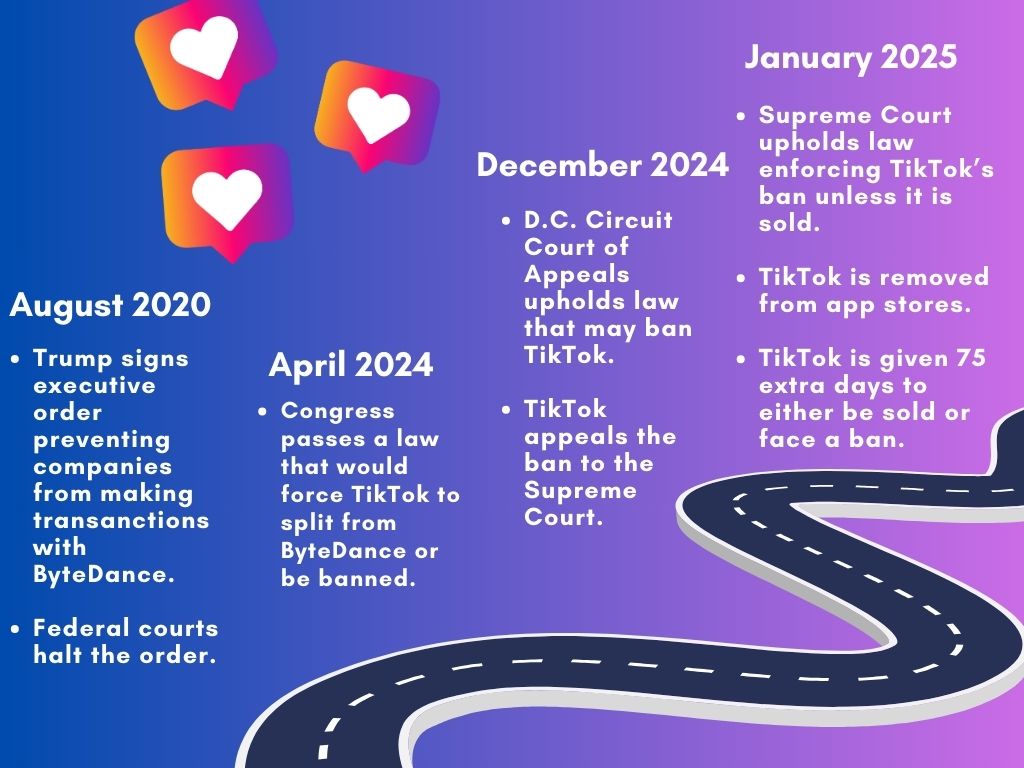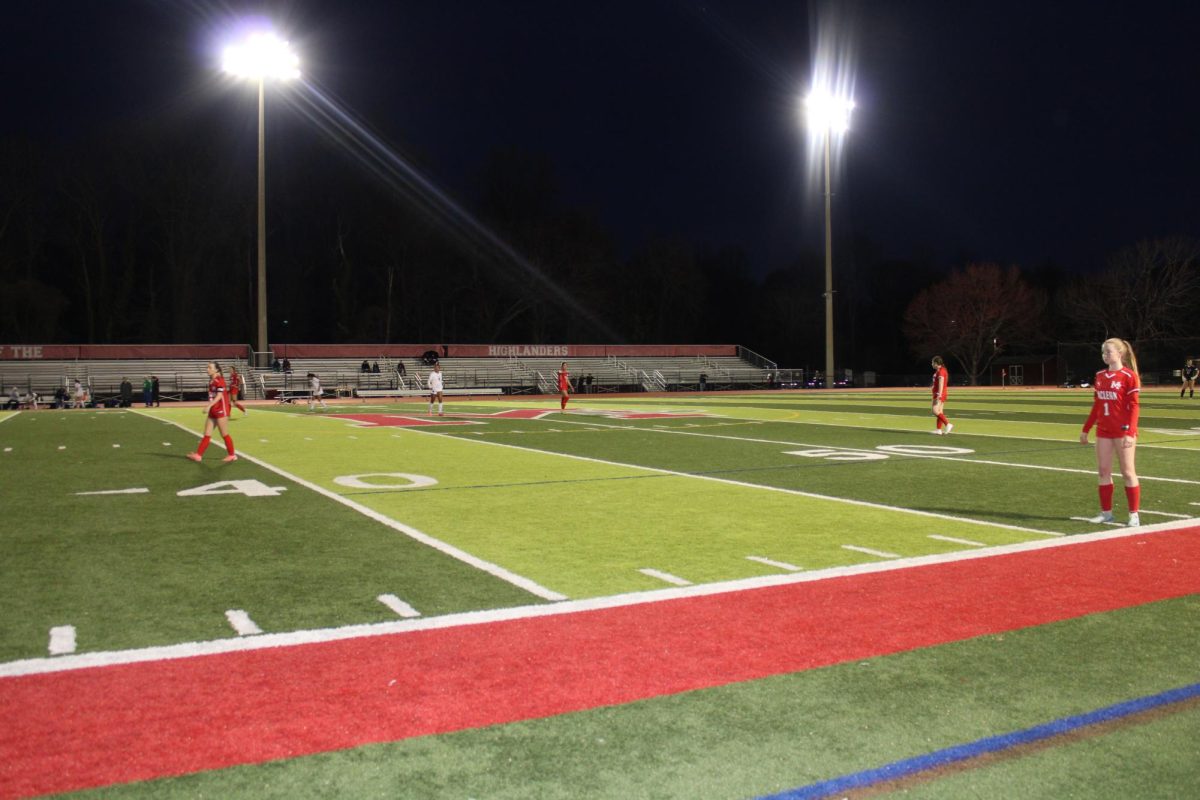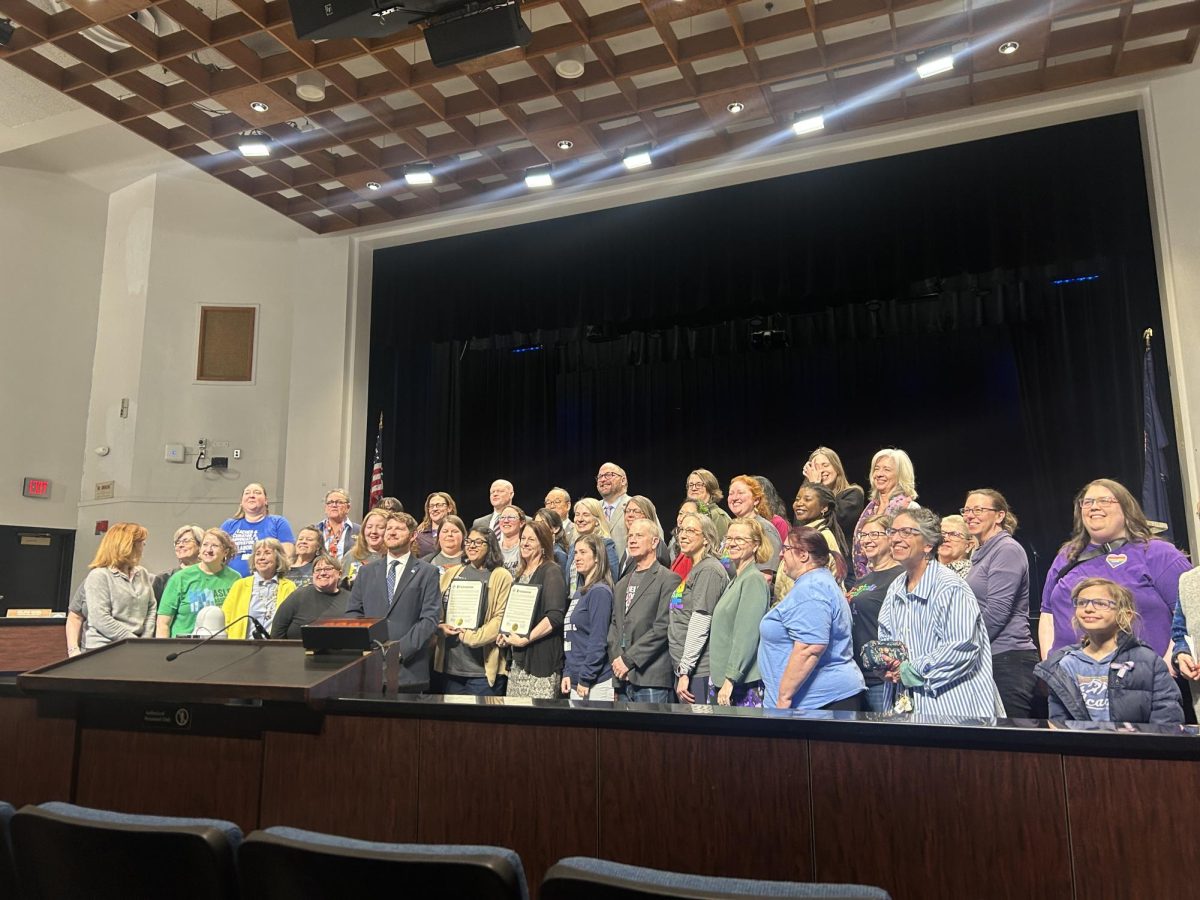A month into the school year, students are still adapting to the new bell schedule. Highlander Time, which used to be every other day for 1 hour and 29 minutes, is now every day for 33 minutes. Third period, previously only on red days for 1 hour and 29 minutes, is now only 50 minutes every day.
The implementation of a new schedule has been in discussion since last year, with the initial proposal rooted in concerns over the decreasing attention span of students. In an attempt to resolve this issue, McLean incorporated shorter periods.
“The whole goal [of the new schedule] is to make sure that we are using the time in a meaningful way and supporting students,” assistant principal Emily Geary said.
With long class periods, students became attached to their electronic devices during class, which made it hard for teachers to get through the entire 90 minute lesson with everyone paying attention.
“The shorter block is nice because you don’t have to hold your focus [as long],” chemistry teacher Ed Ecker said. “[With] 90 minutes of Highlander Time [you] lose momentum, but right now you don’t lose momentum with the third period.”
While the change was designed to make class time more efficient for students and teachers, students have had a difficult time adjusting to this change.
“I don’t like the third period everyday or the Highlander Time everyday, because it’s inefficient and I can’t get as much done in the third period,” sophomore Rhys Cartwright said.
Highlander Time was originally shortened with the purpose of having students concentrate on completing work in 50 minutes instead of getting sidetracked. However, the intended effect was not evident.
“I have less time to study in one go and it makes it easier to just talk to your friends the entire period,” sophomore Samhita Som said.
In addition, the goal of increasing students’ focus and efficiency seems to be backfiring, with students deeming the change counterproductive.
“[Third period everyday] makes it worse because last year I didn’t have a third period everyday,” Cartwright said. “Now I’m not used to it, it makes the day feel longer, and it makes me bored in my classes.”
The length of Highlander Time also makes it difficult for students to use the period for testing.
“Because it’s [so] short, I can’t take tests during Highlander Time which is a problem,” Som said. “I do sports after school so I don’t have time to take the test [afterschool]. I have to take it during class which means I miss more instruction.”
Although the new policy has some drawbacks, teachers already have methods to work with these shorter blocks.
“A lot of our labs are [already] built to run 30-45 minutes, which is nice. When working with my third period, [we] do the lab on one day and then focus on analysis the next day,” Ecker said.
With everyone adjusting to the new schedule, there are still uncertainties surrounding how long this will last.
“I don’t know [if we’re going to keep the schedule],” Geary said. “I think we are going to continue to evaluate and see.”









